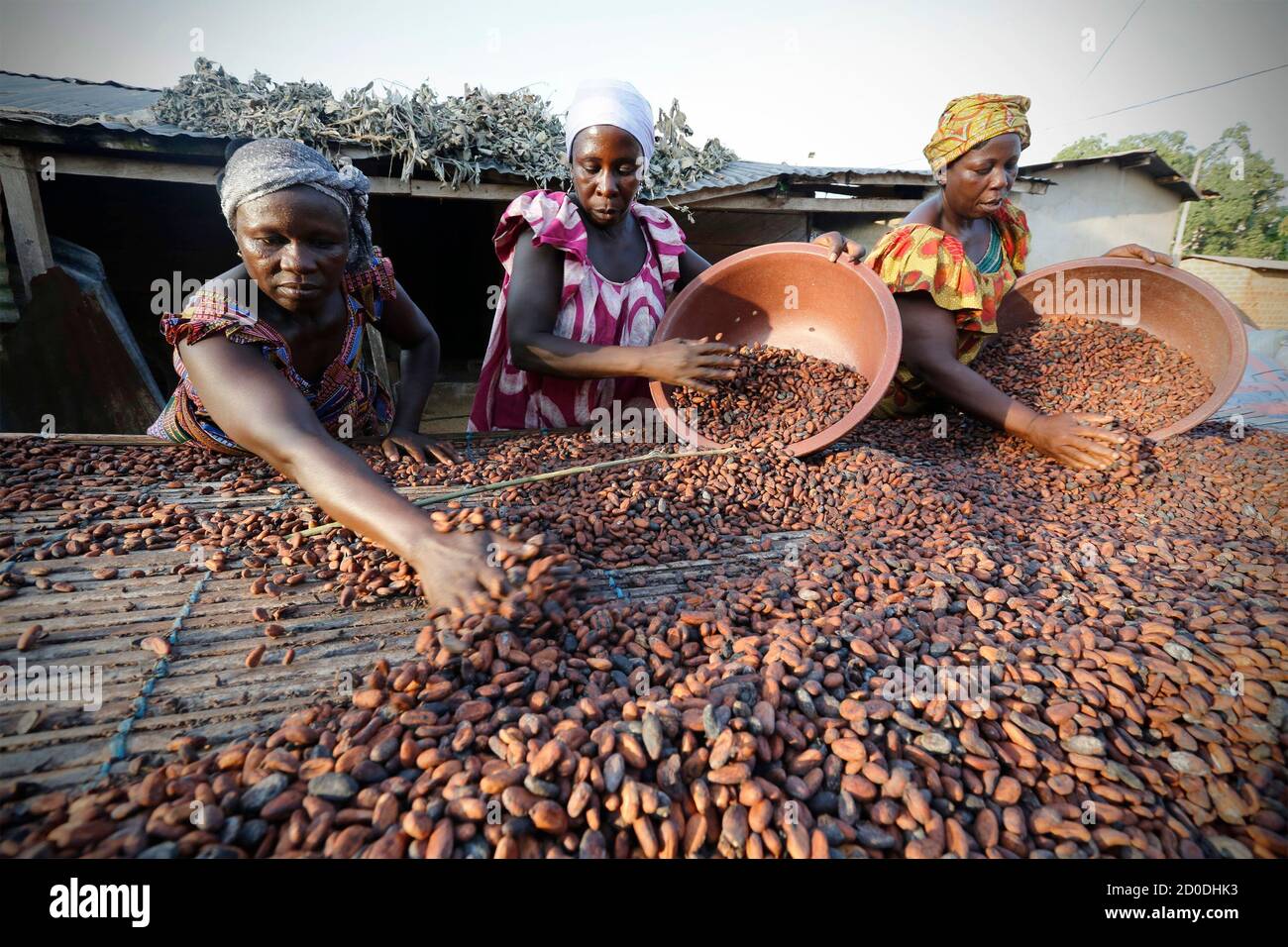Farmers Only Women
Farmers. Workers. Entrepreneurs.
Care-givers. Bread-winners. Bread-makers.
Mothers. Wives. Daughters.
Women are the backbone of the rural economy, especially in the developing world. Yet they receive only a fraction of the land, credit, inputs (such as improved seeds and fertilizers), agricultural training and information compared to men.
Empowering and investing in rural women has been shown to significantly increase productivity, reduce hunger and malnutrition and improve rural livelihoods. And not only for women, but for everyone.
Let's take a closer look at
the story of women and agriculture.
- Farmers Only Women Pictures
- Farmers Only Browse Women
- Farmer Only Dating Site
- Farmers Only Women Pictures
In the 97 countries assessed by the FAO, female farmers only received 5% of all agricultural extension services. Worldwide, only 15% of those providing these services are women. Just 10% of total aid provided for agriculture, forestry and fishing goes to women. This site is billed by 24-7help.net 800-425-9886. Dating for Farmers is part of the dating network, which includes many other general and farmer dating sites. As a member of Dating for Farmers, your profile will automatically be shown on related farmer dating sites or to related users in the network at no additional charge. This week we've put together a fail compilation dedicated to all of the farmers out there! From horses to llamas and beyond, this isn't for f.
Click on the sections below for a closer look at the story of women and agriculture
Why are women soimportant to agriculture?Female Share of the Agricultural Labour Force
Women, on average, comprise 43% of the agricultural labour force in developing countries and account for an estimated two-thirds of the world's 600 million poor livestock keepers. SOURCE: FAOSTAT
Distribution of Male & Female Employment, by SectorOf those women in the least developed countries who report being economically active, 79% report agriculture as their primary source of livelihood (48% of economically active women worldwide).SOURCE: FAO
Female-headed HouseholdsFarmers Only Women Pictures
A significant share of households in all regions are headed by women, yet their access to productive resources and services are limited. SOURCE: FAO
Rural Working HoursRural women typically work longer hours than men, when one takes into account both paid productive and unpaid reproductive or domestic and care responsibilities. When these tasks are taken into account, women's total work hours are longer than men's in all regions.SOURCE: UN STATSFAO
Rural Working Conditions
Women tend to be employed for labour-intensive tasks, generally earn lower wages than men and are more likely to be paid at piece rate. For example, in the casual agricultural labour market in Africa, women's casual wages (whether in cash or in kind) are usually half of men's wages. SOURCE: FAO
 Off-farm Work
Off-farm WorkAs farming alone often cannot sustain rural families, the off-farm economy is an increasingly important source of household income. Yet rural women do not have equal access to these employment opportunities. SOURCE: FAO
Employment in Selected High-value Agro-industriesWomen wage workers dominate employment in areas of export-oriented high-value agriculture in the developing world. For instance, women represent half or more of employees in countries such as Chile, Ecuador, Guatemala, Kenya and South Africa. SOURCE: FAO
Where does a gender gapin agriculture exist?Land Rights: Share of Male and Female Agricultural Holders in Main Developing Regions
In many societies, laws, tradition and access bar women from owning and inheriting land. SOURCE: FAO
Land Rights: Size of PlotsMoreover, where women hold land, their plots are generally smaller, of an inferior quality, and with less secure rights than those held by men.SOURCE: FAO
Access to Inputs and TechnologiesThe vast majority of studies have found that differences in yields between men and women exist not because women are less skilled but because they have less access to inputs such as improved seeds, fertilizers and equipment.SOURCE: FAO
HandweedingMany fields are not planted to crops because farmers do not have sufficient labour for weeding, nor can they access herbicides.
Access to Extension ServicesBecause of cultural attitudes, discrimination and a lack of recognition for their role in food production, women enjoy limited to no benefits from extension and training in new crop varieties and technologies.SOURCE: FAO
EducationGirls who stay in school are more likely to be able to feed themselves and their families when they become adults. One study showed that women's education contributed 43% of the reduction in child malnutrition over time compared to just 26% for improvements in food availability (Smith and Haddad 2000). SOURCE: FAO
Opportunities in Higher Education and ResearchGender differences in education reflect a significant and widespread history of bias against girls in education. Women are less represented in higher level research, management and decision-making positions compared with their male colleagues.SOURCE: ASTI/AWARD
Farmers Only Browse Women
Access to CreditFarmer Only Dating Site

In most countries, there is a 5%-10% disparity in the percentage of female-headed households who access credit compared to their male-led counterparts. Without access to credit, women often cannot buy essential inputs, such as seeds, tools and fertilizers, or invest in irrigation and land improvements.SOURCE: FAO
Access to MarketsIncreasing women's share of household income has broad benefits to improved rural livelihoods. Improving transportation and infrastructure constraints and encouraging rural women's participation in farmer organisations and cooperatives can help both to achieve economies of scale in access to markets as well as reducing isolation and building confidence, leadership and security.SOURCE: FAO CFS
What are the impacts of thegender gap in agriculture?Gender Yield Gap
Women farmers typically achieve yields that are 20-30% lower than men. However, the vast majority of studies suggest that women are just as efficient as men and would achieve the same yields if they had equal access to productive resources and services. Bridging this gender yield gap would boost food and nutrition security globally.SOURCE: FAO



